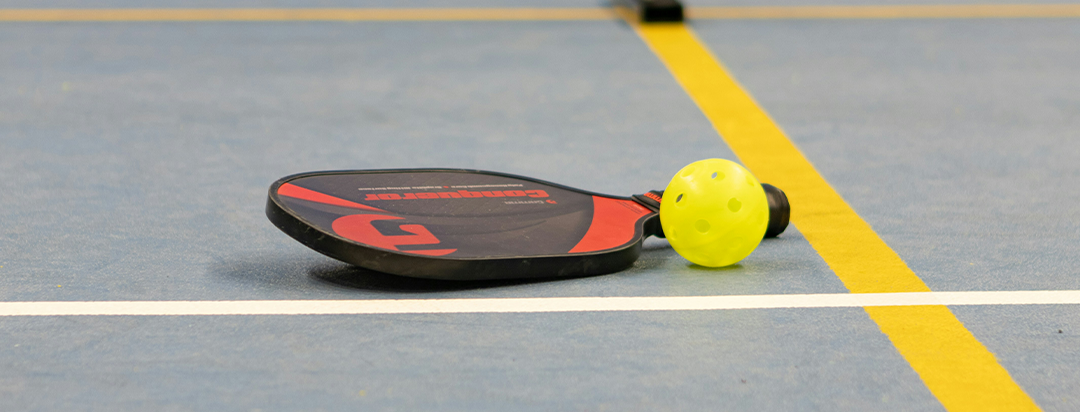

Lorem ipsum dolor sit amet, consectetur adipiscing elit ut liqua purus sit amet luctus venenatis, lectus magna.

Pickleball might look simple at first glance, but once you start playing singles, the scoring system can feel surprisingly complex. Between service rotations, point limitations, and court positioning, keeping score the right way is essential for fair play — and for actually knowing when you’ve won.
This guide breaks down how singles scoring works in pickleball, making it clear and easy to follow whether you’re stepping onto the court for the first time or brushing up after a break.
Unlike doubles, where players alternate sides and serve rotations can get complicated, singles scoring in pickleball is refreshingly straightforward.
Only the server can score points, and games are typically played to 11, 15, or 21 points — though most recreational matches end at 11. Just like in doubles, a player must win by at least two points.
When the server wins a rally, they earn a point and switch sides of the court before serving again. If the receiver wins the rally, no points are awarded, but service changes hands. That rhythm of serve, rally, and side-switch continues throughout the game.
In singles, court position matters as much as the score. The side you serve from depends on whether your score is even or odd:
This system keeps the game organized and easy to track, especially since there’s only one server per team. As a result, both players naturally move around the court, forcing them to hit from both forehand and backhand positions throughout the match.
In doubles play, the score has three numbers — one for each team and one indicating the server number. But in singles, there are only two numbers to call out: the server’s score first, followed by the receiver’s score.
For example, if you’re serving and leading 5–3, you’d call out “5–3.” It’s a small detail, but calling the score properly helps avoid confusion and maintains consistency throughout competitive or casual games alike.
In singles pickleball, each point begins with an underhand serve that must land diagonally in the opponent’s service court — past the kitchen line, or non-volley zone. If the ball lands in the kitchen or out of bounds, it’s a fault and the serve passes to the opponent.
Players are allowed one fault on their serve. Once the serve is lost, the opponent becomes the new server and the rally process starts over. Because there’s only one server per player, singles games often move faster than doubles matches, making every serve more valuable.
The singles scoring structure naturally favors consistency and stamina. Since only the server can score, long rallies that end with the receiver winning simply reset the play rather than changing the score. That creates a rhythm where patience and positioning often outweigh pure power.
Players who can maintain their serve — holding it through several points in a row — usually control the tempo of the match. On the other hand, players who struggle to convert service opportunities may find themselves trailing even after evenly matched rallies.
Most singles matches are played to 11 points, and players must win by two. In tournaments or longer sets, games may extend to 15 or 21 points. The key is that victory always requires at least a two-point margin, so a game tied at 10–10 can stretch into a tense battle of focus and endurance.
Because the server always has the scoring advantage, maintaining serve late in the game often decides the outcome. The final points can feel more like a mental test than a physical one.
Even seasoned players can mix up sides or call the score incorrectly. The most frequent errors include:
These are small mistakes, but they can interrupt play and cause confusion. Paying attention to position and maintaining a clear pre-serve routine helps prevent them.
Singles pickleball is fast-paced and straightforward once you understand the scoring rhythm. Each point carries more weight, and players are fully responsible for their own serve and strategy.
With only two numbers to track and a consistent serve rotation pattern, the singles format highlights pure one-on-one competition — skill, endurance, and precision all on display with every serve and return.


Explore our collection of 200+ Premium Webflow Templates